Doi Temple is located in Tien Bat village, Trung Tiet commune (now Tien Giang block, Thach Quy ward, Ha Tinh city). Currently, there is no document to confirm the specific time when Doi Temple was built.
This is where the rain-praying ceremony (opening ceremony) of the farmers in the region takes place, praying for favorable weather and fertile land, expressing the beliefs and aspirations of the farmers in the agricultural production process.
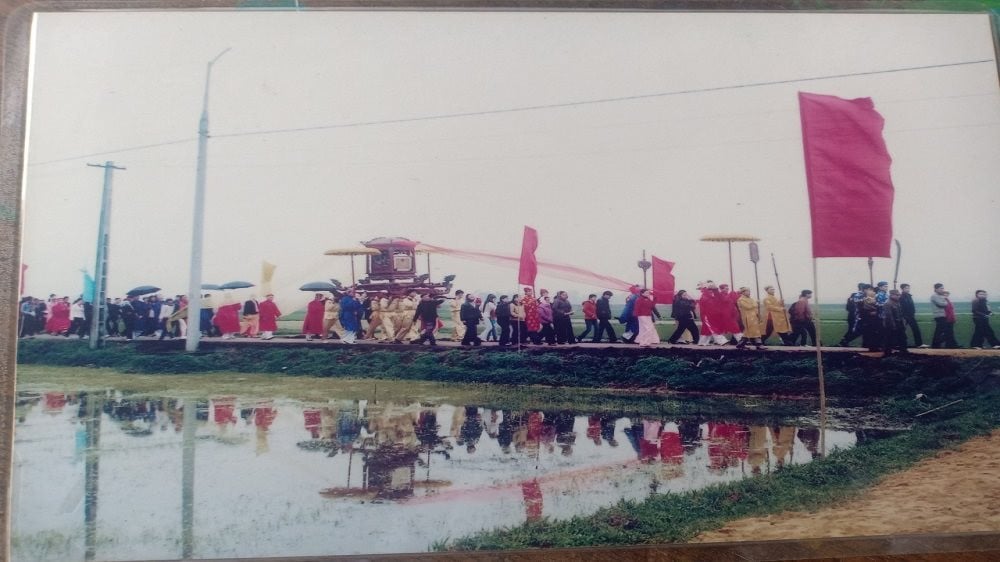
Doi Temple is located near Rao Cai River, close to the Cut River junction, in front of which is an ancient banyan tree that is 700-800 years old. This area is originally an agricultural land. Therefore, the rain-praying ceremony in this area is one of the important rituals in the spiritual and cultural life of the people here.
Mr. Nguyen Duy Ngan, Secretary of the Party Committee of Thach Quy Ward, Ha Tinh City, said: The rain-praying festival at Mieu Doi Temple is held by the local people on the seventh day of the first lunar month and the fifteenth day of the sixth lunar month every year. People come here to pray for rain, organize boat races, and row boats.
This is one of the beliefs of worshiping water gods, with the concept that "land has a god, river has a river god", those river gods and land gods have a great impact on the settlement of the people here day and night, so people worship and sacrifice to the gods.
The time to hold the rain-praying ceremony of the people is in January and the middle of the following month. It is also the time to prepare for a new crop. The festival consists of two parts: the ritual part to invite the gods and supernatural forces to witness, the festival part with folk games.
The rain-praying ritual of the local people is very elaborately prepared. Offerings to the gods include all the products from agricultural production. In front of the altar, the shaman prays to invite the gods to receive the ceremony and witness, blessing the people with prosperity and happiness.
The items used in the ceremony include wine bottles, plates, bowls, etc. Traditionally, these items are only used for worship and are not used on a daily basis.
Ms. Le Thi Ha - an elder in the village said: The rain-praying festival of Tien Bat people has been held for generations at the Double Temple, containing the earnest, intense desire for the sacred rain-praying belief of farmers since ancient times.
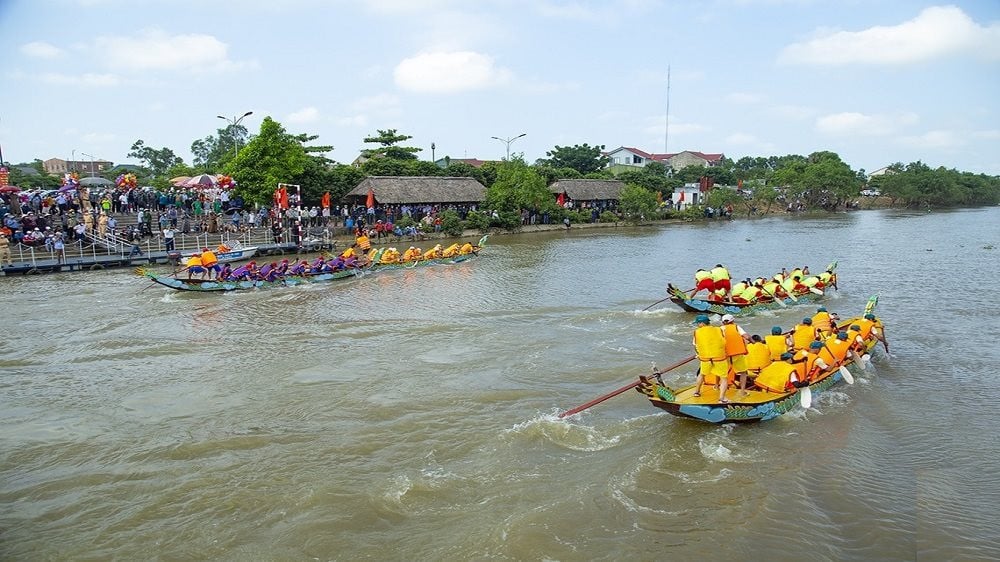
In addition to the two main holidays, every year, on the 15th and 1st of the lunar month, and on holidays, local people and visitors often come to burn incense and commemorate. This is where people's religious activities take place to promote and spread the beauty of traditional culture to create motivation and goals for socio-economic development.
In addition to the rain-praying ceremony, which has an important religious value for the residents, Doi Temple also has important cultural and historical value. According to legend, Doi Temple has existed for a long time, a place to worship Uy Minh Vuong Ly Nhat Quang and Thai Uy To Hien Thanh of the Ly Dynasty, who had contributed to the cause of fighting foreign invaders, reclaiming land, recruiting people to establish villages, expanding the country's borders in the late 11th and 12th centuries, and were revered by the people of many places in Nghe Tinh as the village's Thanh Hoang.
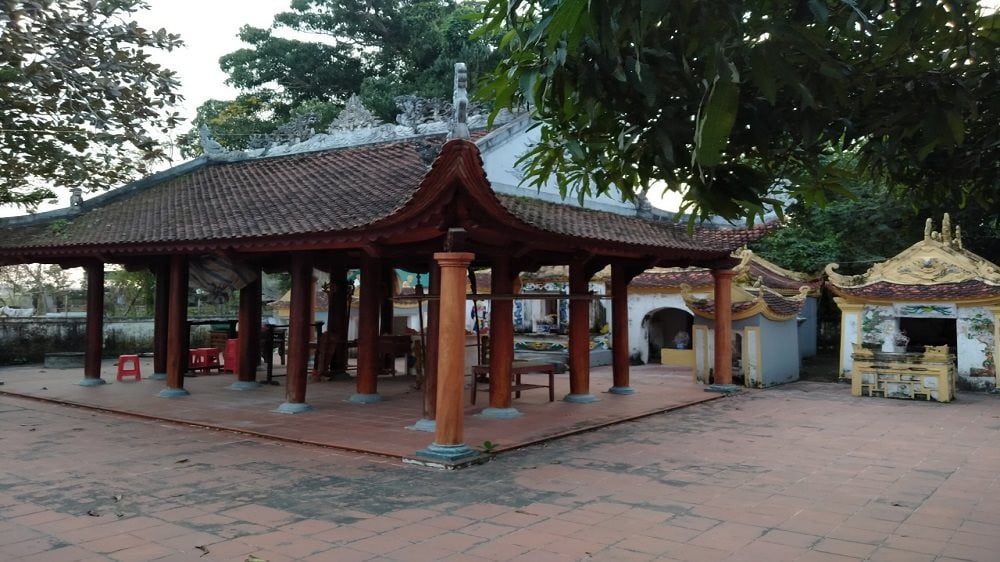
During the founding of the Indochinese Communist Party, from 1930 to the pre-uprising period of 1945, it was the meeting place of Party members of the Trung Tiet Commune Party Cell. During the resistance war against the US to save the country, Doi Temple was severely damaged by bombs, the entire architecture of the secondary temple was flattened, leaving only the main temple.
The temple has an area of 6000m2 (six thousand square meters) with a system of upper hall, middle hall and main shrines of the main and secondary halls (destroyed by war). It is an architectural work preserved through many generations, after hundreds of years of existence, it still retains many ancient and majestic features.
The people of Tien Bat land, Thach Quy ward, Ha Tinh city consider the festival at Doi Temple very important, having a significant impact on the settlement of the village. Therefore, the government, the people and the philanthropists who contributed their merits, along with the enthusiasm of the elders in the Elderly Association, have carried out restoration, embellishment and preservation, contributing to enriching the spiritual life of the people and promoting historical values and traditional cultural beauty.
Source

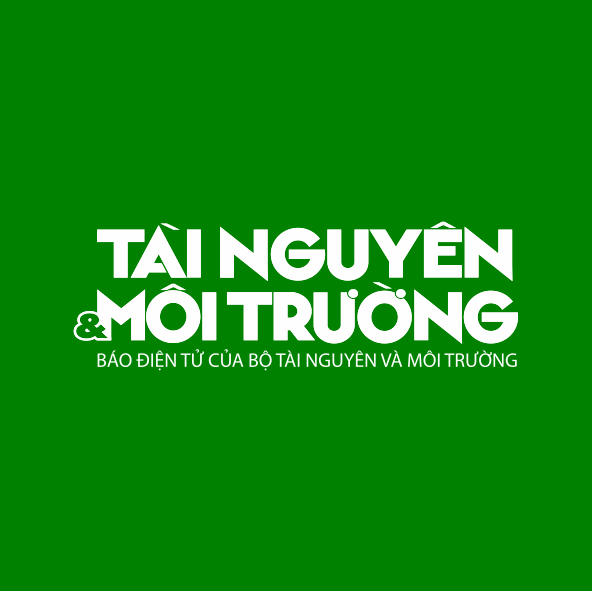

![[Photo] Closing of the 11th Conference of the 13th Central Committee of the Communist Party of Vietnam](https://vstatic.vietnam.vn/vietnam/resource/IMAGE/2025/4/12/114b57fe6e9b4814a5ddfacf6dfe5b7f)

![[Photo] Overcoming all difficulties, speeding up construction progress of Hoa Binh Hydropower Plant Expansion Project](https://vstatic.vietnam.vn/vietnam/resource/IMAGE/2025/4/12/bff04b551e98484c84d74c8faa3526e0)


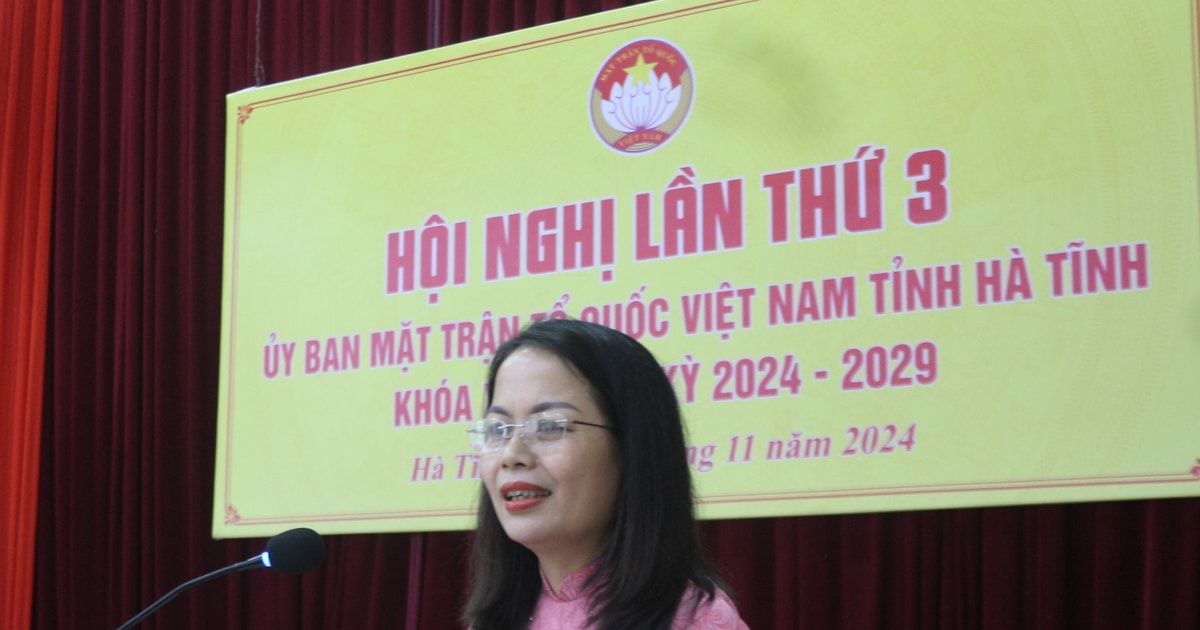

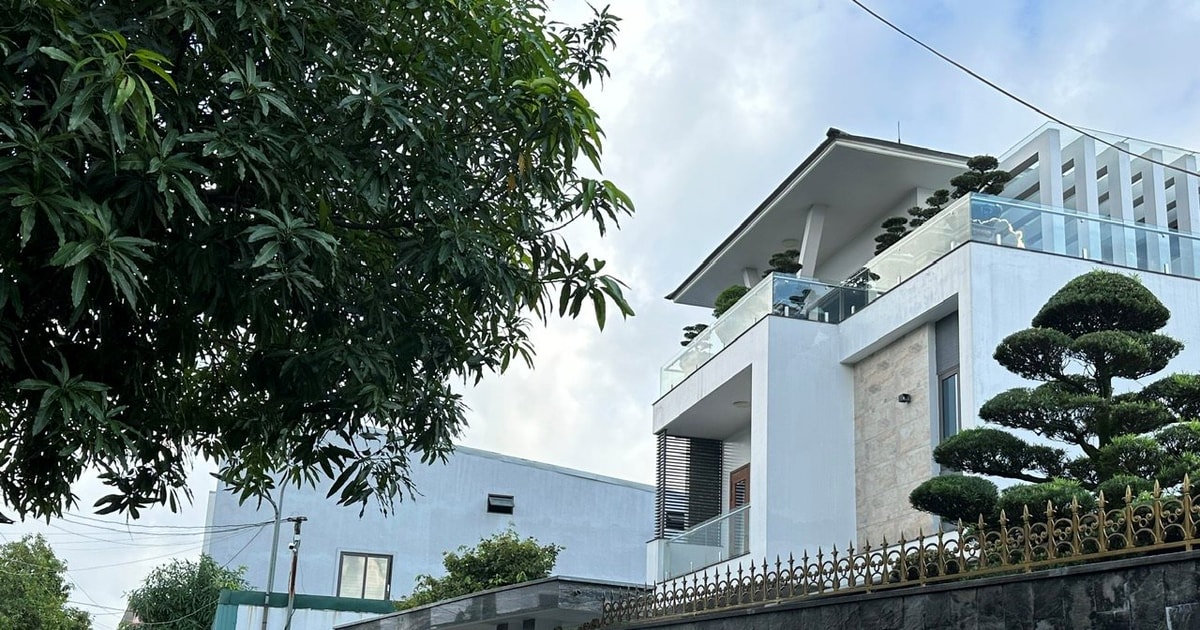


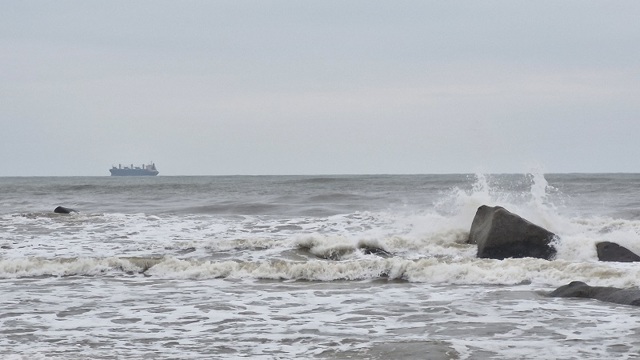

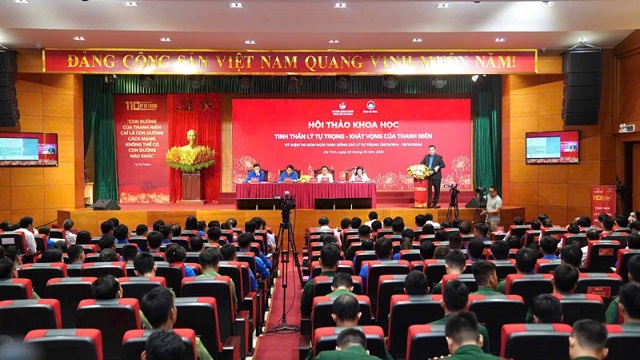


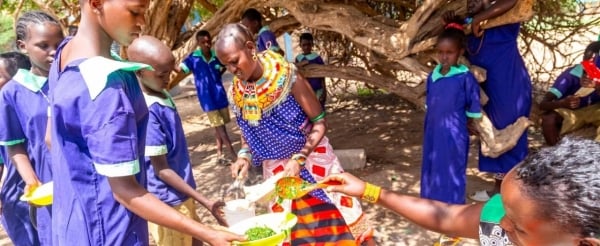
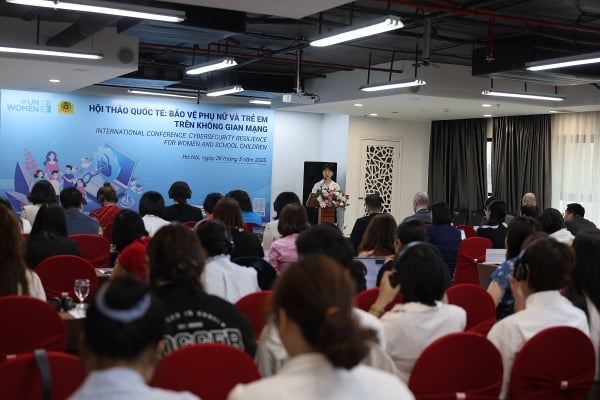
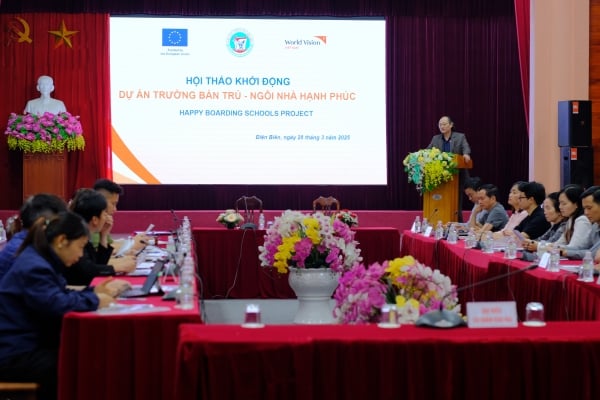
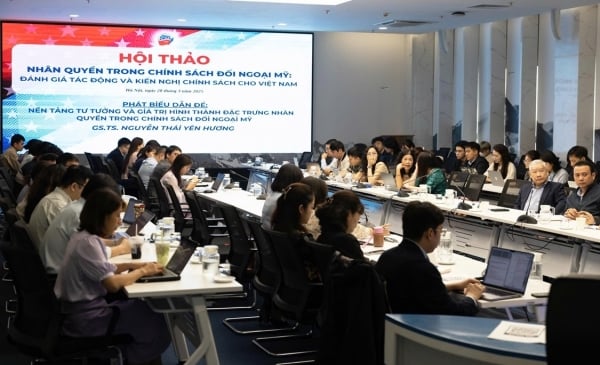



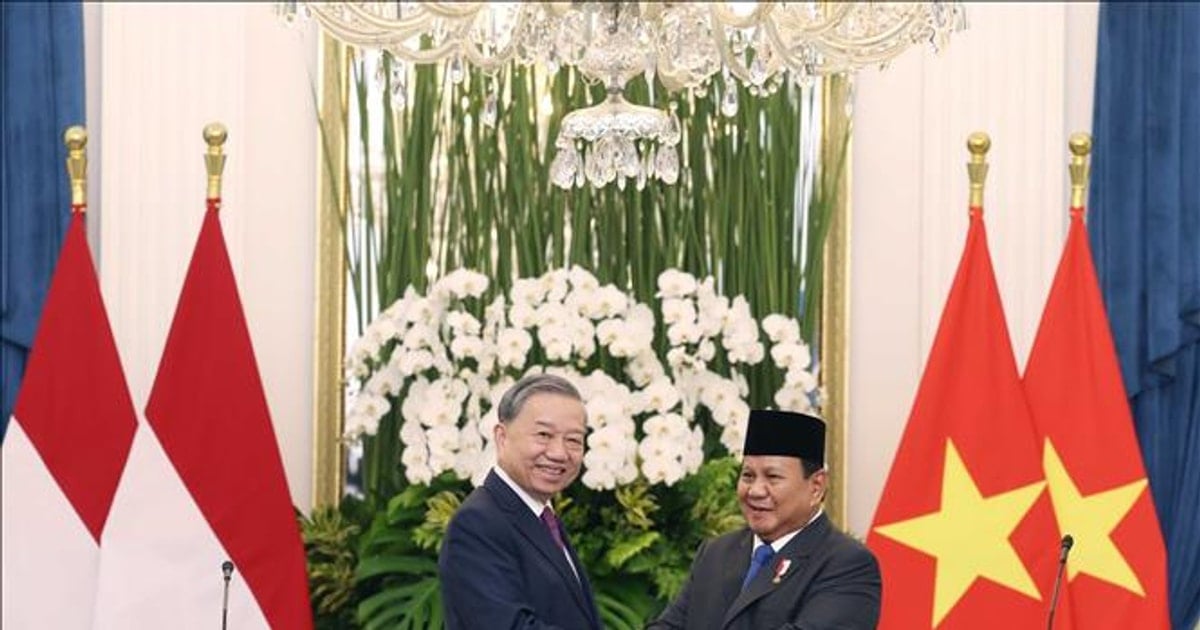


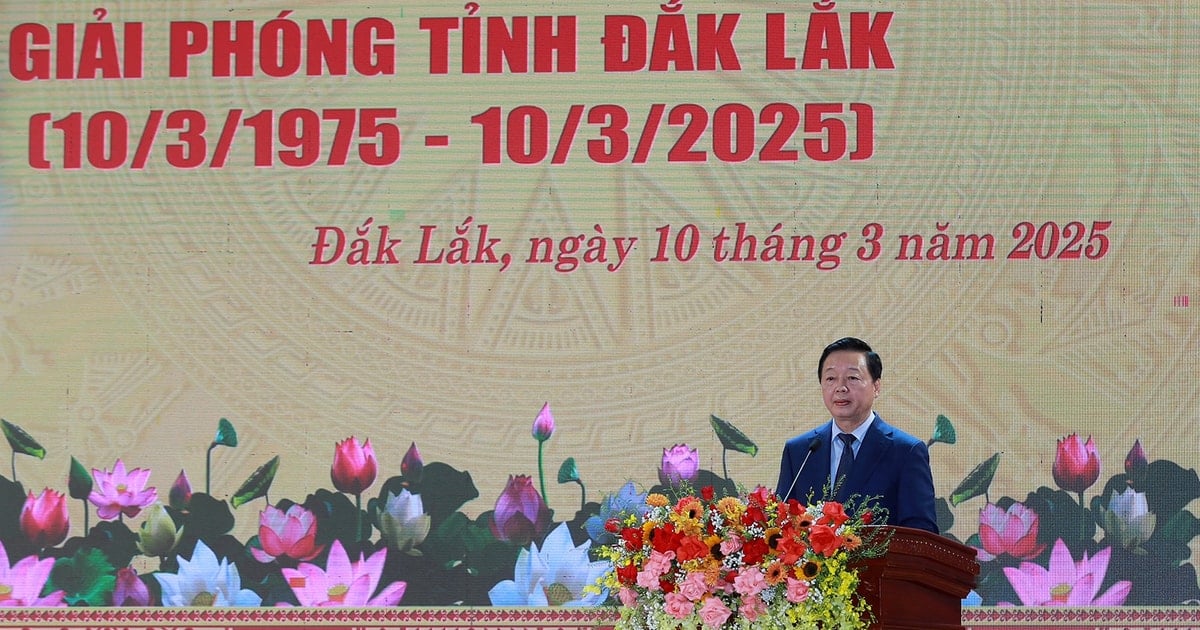
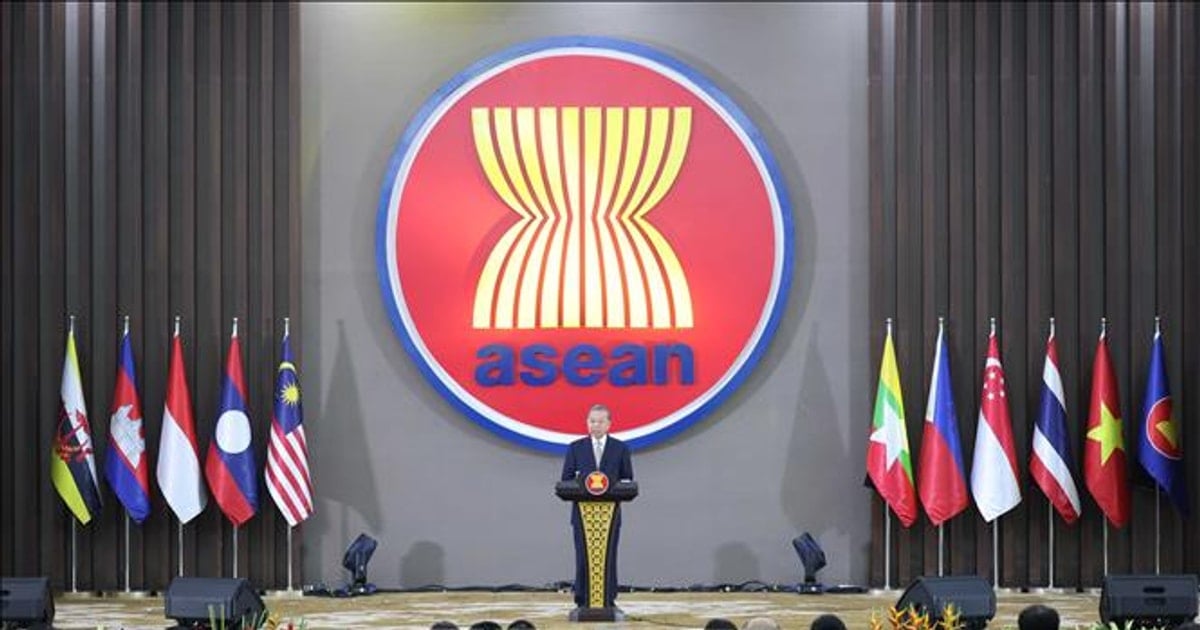
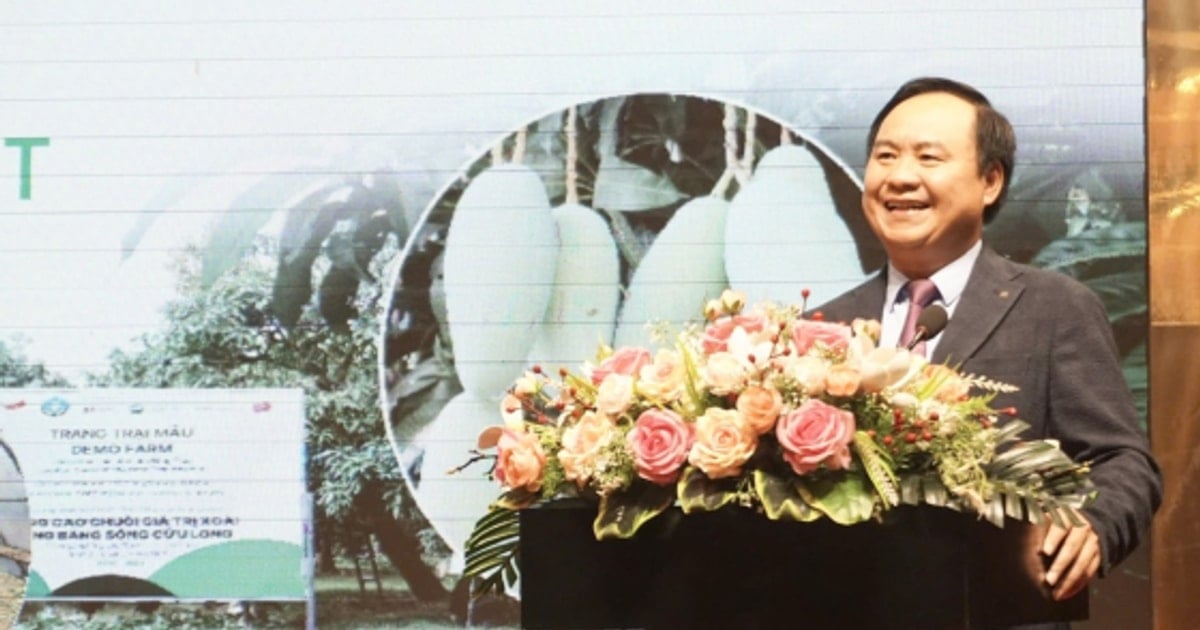














































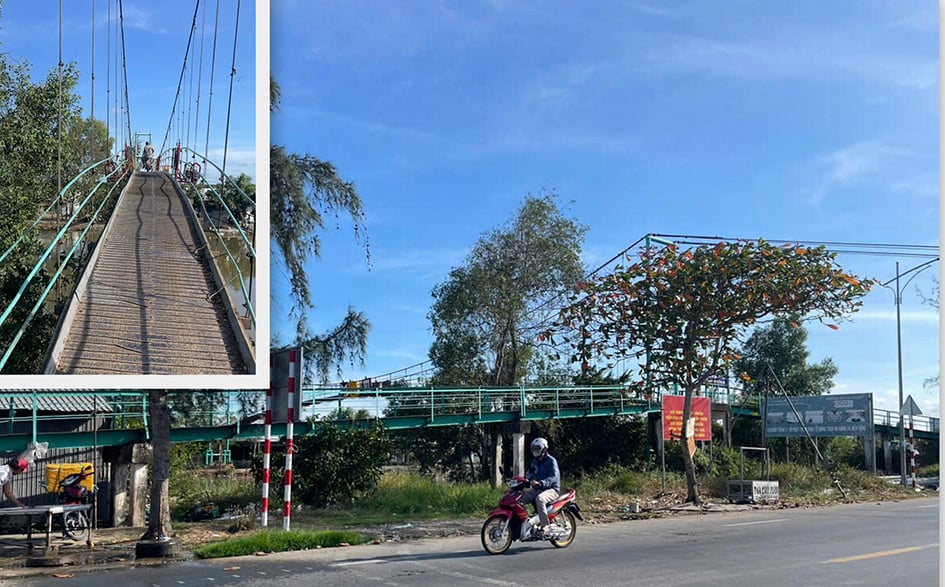
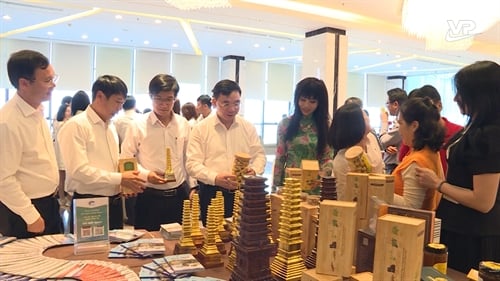
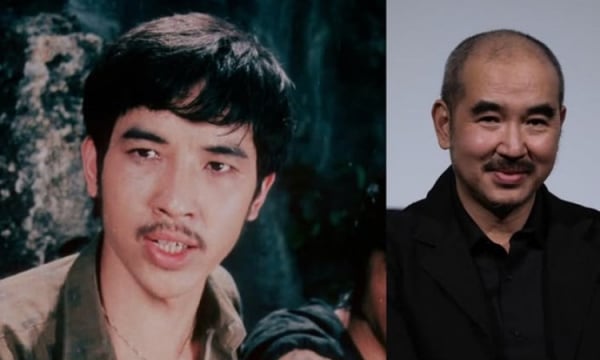

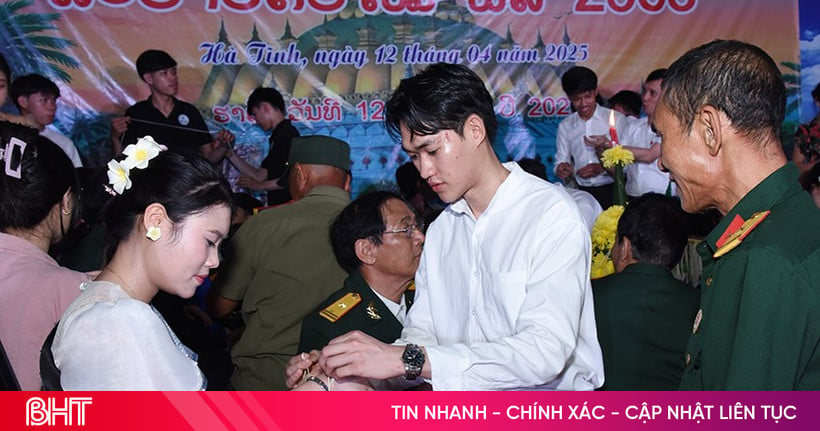

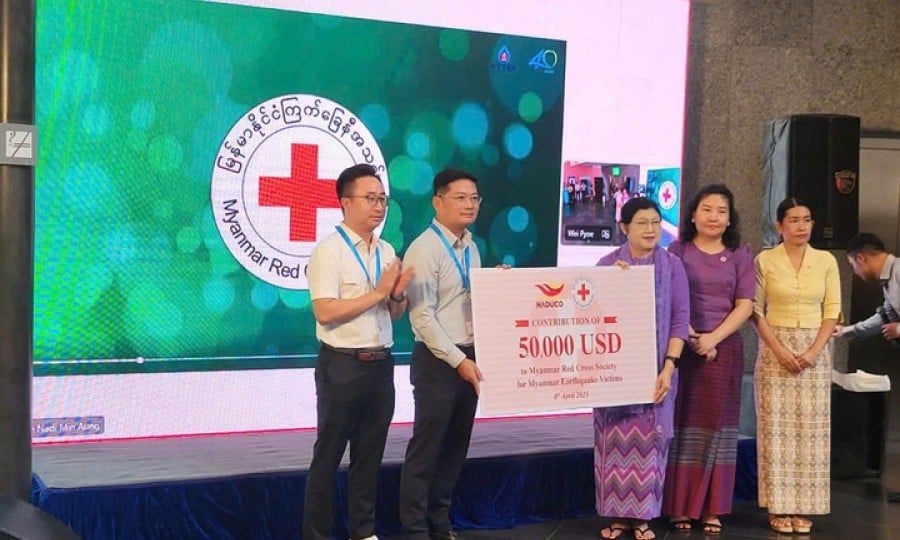

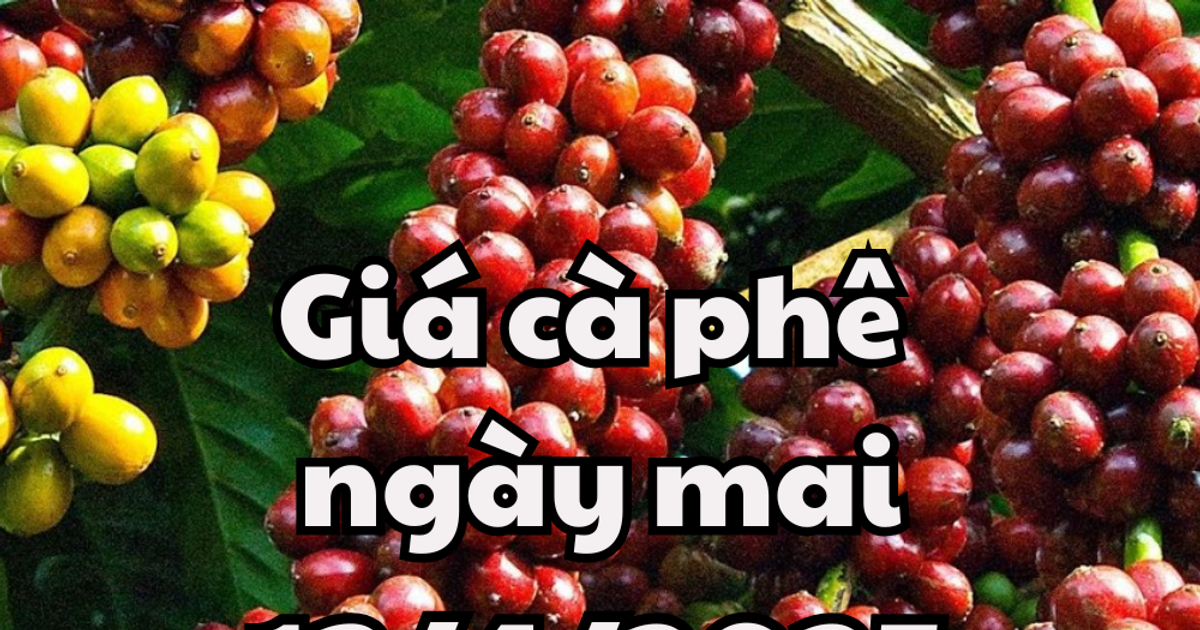












Comment (0)